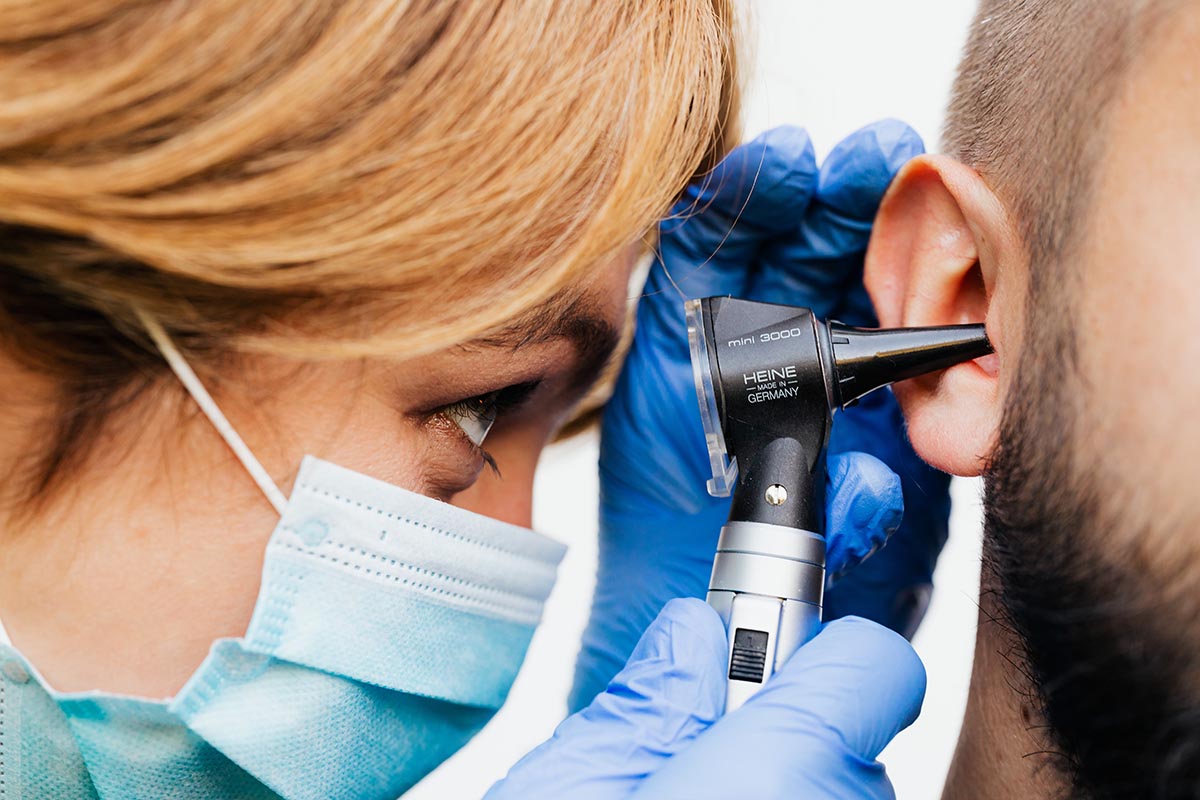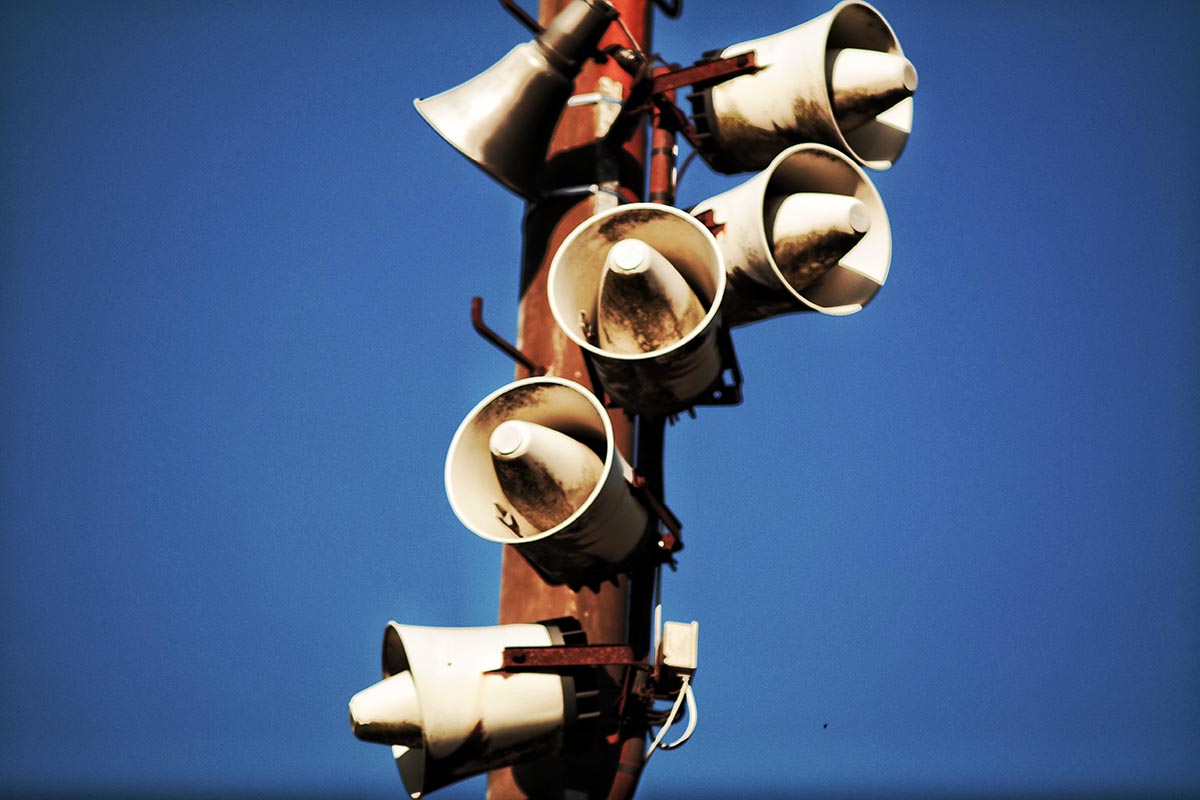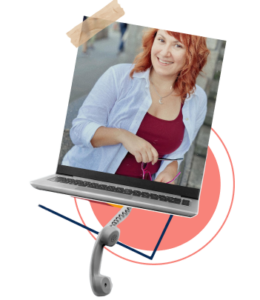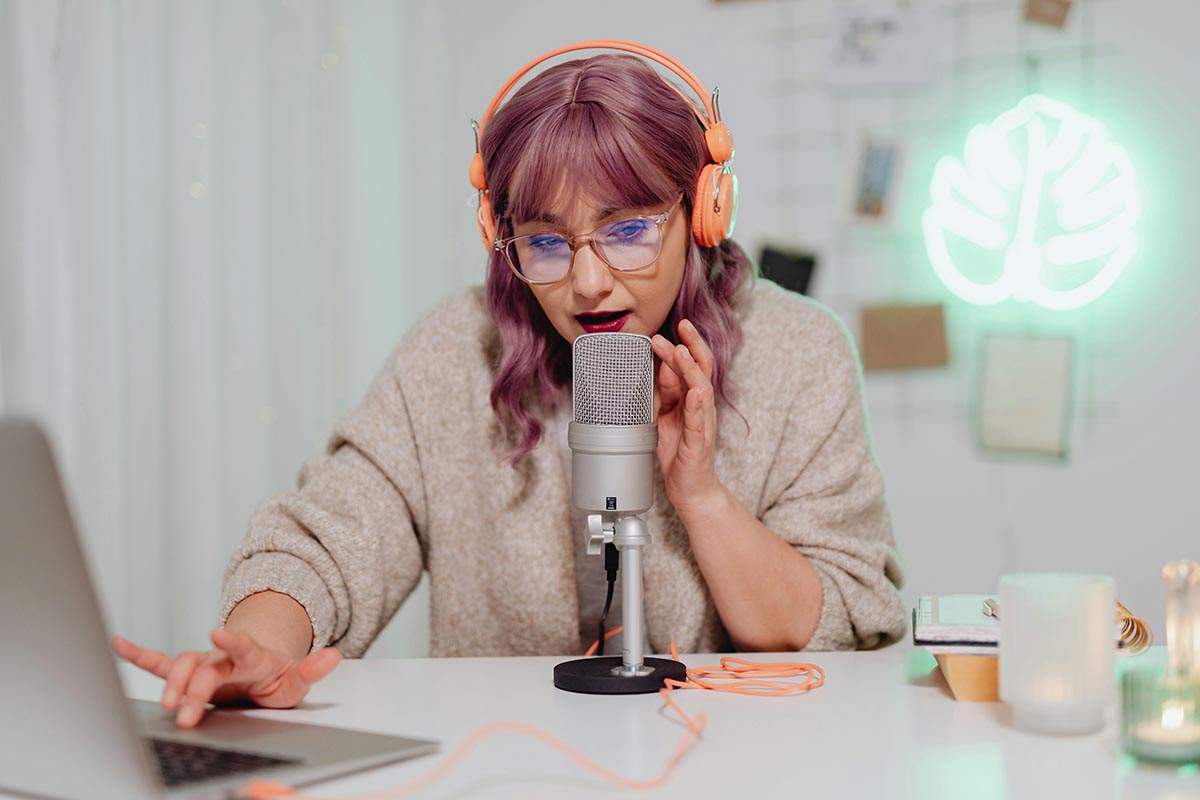Living With Hearing Loss: Symptoms, Causes, and What You Can Do Today
Key Points
-
Hearing loss is more common than people think—and early symptoms like muffled speech or TV volume changes shouldn’t be ignored.
-
Modern tech like digital hearing aids and real-time speech-to-text apps offer personalized, discreet support.
-
Emotional support, awareness, and inclusive tools make adapting to hearing loss not only possible, but empowering.
Hearing loss changes how we connect to the world—and no one is ever fully prepared for it. I hear this from people all the time.
At first, there’s shock. Then frustration. A sense of isolation starts to creep in. Even the most everyday things—conversations, listening to music, being part of a group—can feel like challenges.
But here’s the thing: hearing loss doesn’t mean the end of connection or communication.
It just means doing things differently—with awareness, compassion, and yes, the help of some incredible technology.
Whether you’re newly navigating hearing changes or supporting someone who is, this guide is here to offer clarity, comfort, and useful steps to move forward with confidence.
What Is Hearing Impairment?
Hearing impairment refers to partial or total inability to hear in one or both ears.
It can be sudden or gradual, temporary or permanent.
Most often, it stems from damage or issues in the inner ear, the auditory nerve, or even the brain’s interpretation of sound.
It can feel invisible to others—but for those living with it, the effects can be deeply emotional and personal.
Common Causes of Hearing Loss
Hearing loss can happen at any age, and often when we least expect it. Here are some common causes:
-
Loud noise exposure: Listening to music too loudly, working in noisy environments, or repeated exposure to machinery without ear protection can damage the eardrum or hair cells in the inner ear.
-
Chronic health conditions: Diabetes, heart disease, and autoimmune diseases like rheumatoid arthritis have all been linked to increased risk of hearing loss.
-
Infections and illness: Meningitis, measles, Lyme disease, chickenpox, and even the flu can contribute to temporary or permanent hearing changes.
-
Medication side effects: Some drugs like streptomycin (used for tuberculosis), chemotherapy agents, and certain antibiotics are known to cause ototoxicity—damage to the ear.
-
Aging (presbycusis): As we grow older, gradual wear and tear on the hearing system is common, particularly after age 60.
-
Earwax buildup or ear infections: These may sound minor, but they can block sound waves and create a temporary loss of clarity.
Recognizing the Symptoms
Some signs of hearing loss are subtle, and others can feel jarring. If you’re experiencing any of these regularly, it may be time to seek help:
-
Asking others to repeat themselves often;
-
Struggling to follow conversations, especially in noisy places;
-
Turning the TV or radio up louder than others prefer;
-
Difficulty understanding speech over the phone;
-
Muffled or distorted sounds;
-
Ringing, buzzing, or hissing in the ears (tinnitus);
-
Noticing that voices sound like they’re mumbling;
-
Trouble locating where a sound is coming from;
These signs can sneak up slowly or hit all at once—but the sooner you catch them, the more you can do about them.
Modern Solutions: What Can Help Today?
Gone are the days when hearing aids were bulky, whistling devices people avoided. Today’s tools are sleek, smart, and often invisible to the eye.
1. Advanced Digital Hearing Aids
Modern hearing aids are small, discreet, and personalized. They don’t just amplify everything—they filter out background noise, fine-tune to your hearing profile, and even connect to your smartphone via Bluetooth.
Some are rechargeable, app-adjustable, and virtually invisible behind the ear.
2. Speech-to-Text and Live Captioning Apps
Technology like real-time call-to-text apps has transformed communication. These apps convert speech into written text instantly during phone calls, meetings, or conversations. Popular ones include:
-
Otter.ai
-
Live Transcribe (Android)
-
Rogervoice
-
InnoCaption (for phone calls)
They’re game changers—allowing users to stay connected without missing key information.
3. Cochlear Implants
For more severe hearing loss, cochlear implants provide another option. These are surgically implanted devices that bypass damaged parts of the ear and send sound signals directly to the brain.
4. Accessible Content Online
Thanks to advocacy, many online platforms now offer captions, transcripts, and audio descriptions. Streaming services, Zoom calls, YouTube videos—all becoming more inclusive.
How to Emotionally Adapt
Let’s not sugarcoat it—hearing loss can feel like grief. It’s a shift in identity, communication, and even independence. But it’s also a chance to develop new ways of connecting.
Here’s what helps:
-
Talk to your audiologist: They’re not just for tests—they’re your coach, your guide, and your tech matchmaker.
-
Tell the people close to you: You’ll be surprised how supportive people can be once they understand your needs.
-
Join support groups (online or in-person): Talking to others going through the same thing can help you process and adapt.
-
Celebrate small wins: Being able to follow a dinner conversation with a hearing aid? That’s a big deal. Recognize your progress.
Hearing Loss and Mental Health: Let’s Talk
It’s worth noting that untreated hearing loss has been linked to feelings of isolation, anxiety, and even depression. It can also contribute to cognitive decline in older adults.
That’s why early diagnosis and consistent care are not optional—they’re essential for your quality of life.
The Bigger Picture: Let’s Normalize Accessibility
Accessibility isn’t just a feature—it’s a right. As creators, businesses, and tech developers, we should all be thinking:
“How can we make our content and environments inclusive for everyone?”
From subtitles to quiet spaces to inclusive designs—every thoughtful step makes life a bit easier for someone who needs it.
❤️ Final Thoughts
Hearing loss may be life-changing—but it’s not life-limiting. With the right tools, support, and mindset, you can fully participate in everything that matters to you.
This journey may look different—but it’s still yours.
And if someone you love is going through this? Listen with your eyes. Be patient. Be present. That’s where real connection lives.





















